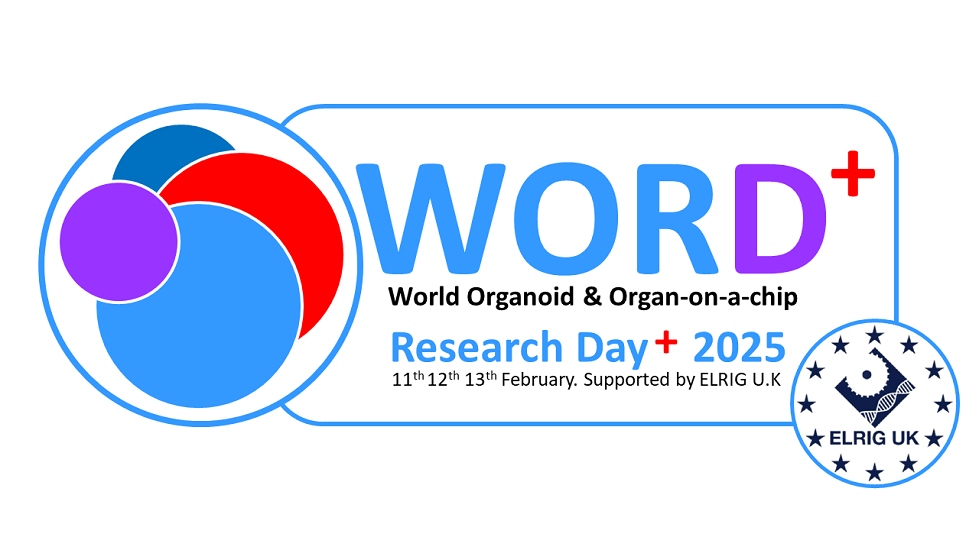Authors
RB Shaik1; K Khan1; N Bohin1; E Juilany1; E Leonard1; J Clairns1; A Ashford1; M Moullet2; M Lai1; N Folguera-Blasco1; R David1; C Pin1; S Gills1;
1 Astrazeneca, ; 2 Imperial College London, UK
Overview
To better predict clinical haematotoxicity we have validated a humanised bone marrow microphysiological system that allows monitoring of drug effects on bone marrow progenitor cells. Integrating these data in our in-house developed human quantitative systems toxicology model (QST), enables the translation of haematopoietic progenitor toxicity into patient’s haematology.
Introduction
Assessment of bone marrow toxicity risk early in drug development has the potential to predict the likelihood of clinical success and influence safer drug selection. Animal models are often limited in their translation to human, so there is a need for humanised in vitro platforms with the added benefit that they offer large experimental capacity for generation of complex toxicity data.
Methods
Our humanised bone marrow microphysiological system (BM MPS) maintains stem/progenitor cells with simultaneous differentiation into erythroid, myeloid and megakaryocyte lineages. Cells are treated with drug and effluent media from chips sampled regularly to assess cellular proliferation and viability using a multi-colour flow cytometry panel, whilst an accurate measurement of drug concentration is also performed.
Results
Single cell RNA sequencing has confirmed that the range of cell types generated in our humanised BM MPS closely mimic the human physiology providing confidence in translation. Our BM MPS assessment strategy offers large experimental capacity for multiple endpoints, including imaging and longitudinal sample collection for up to 42 days, providing an accurate assessment of the human drug-induced toxicity response, thereby circumventing cross-species differences seen with traditional animal models.
Conclusion
The human bone marrow MPS, combined with our QST approach, provides a robust platform for predicting drug-induced myelopoietic suppression. The translation of haematopoietic progenitor toxicity from the BM MPS to patient haematology offers a promising avenue for advancing drug development, improving safety profiles, and ultimately enhancing patient outcomes.

